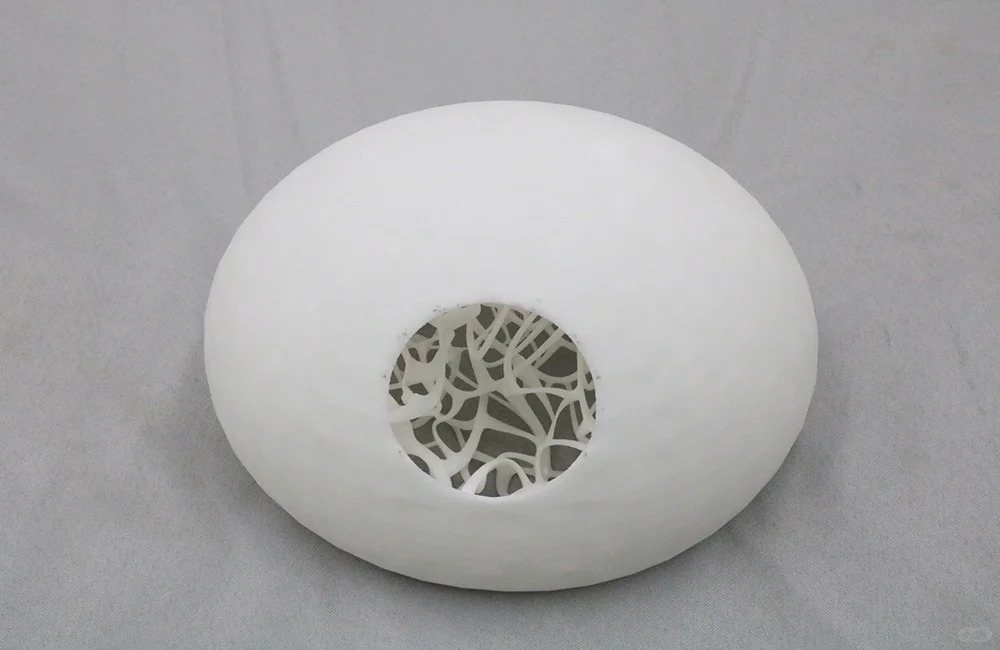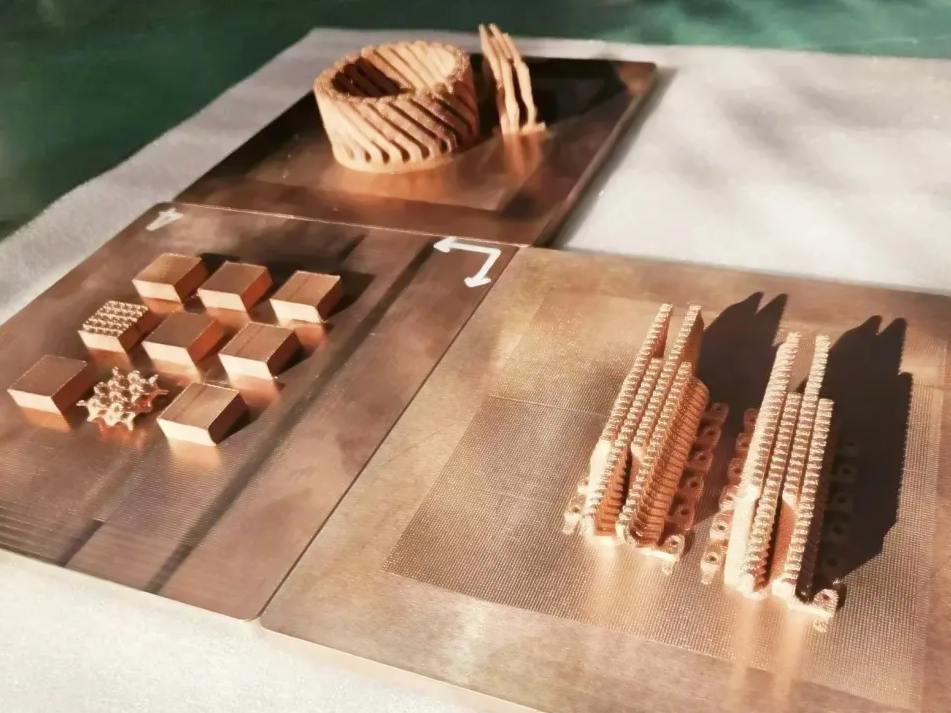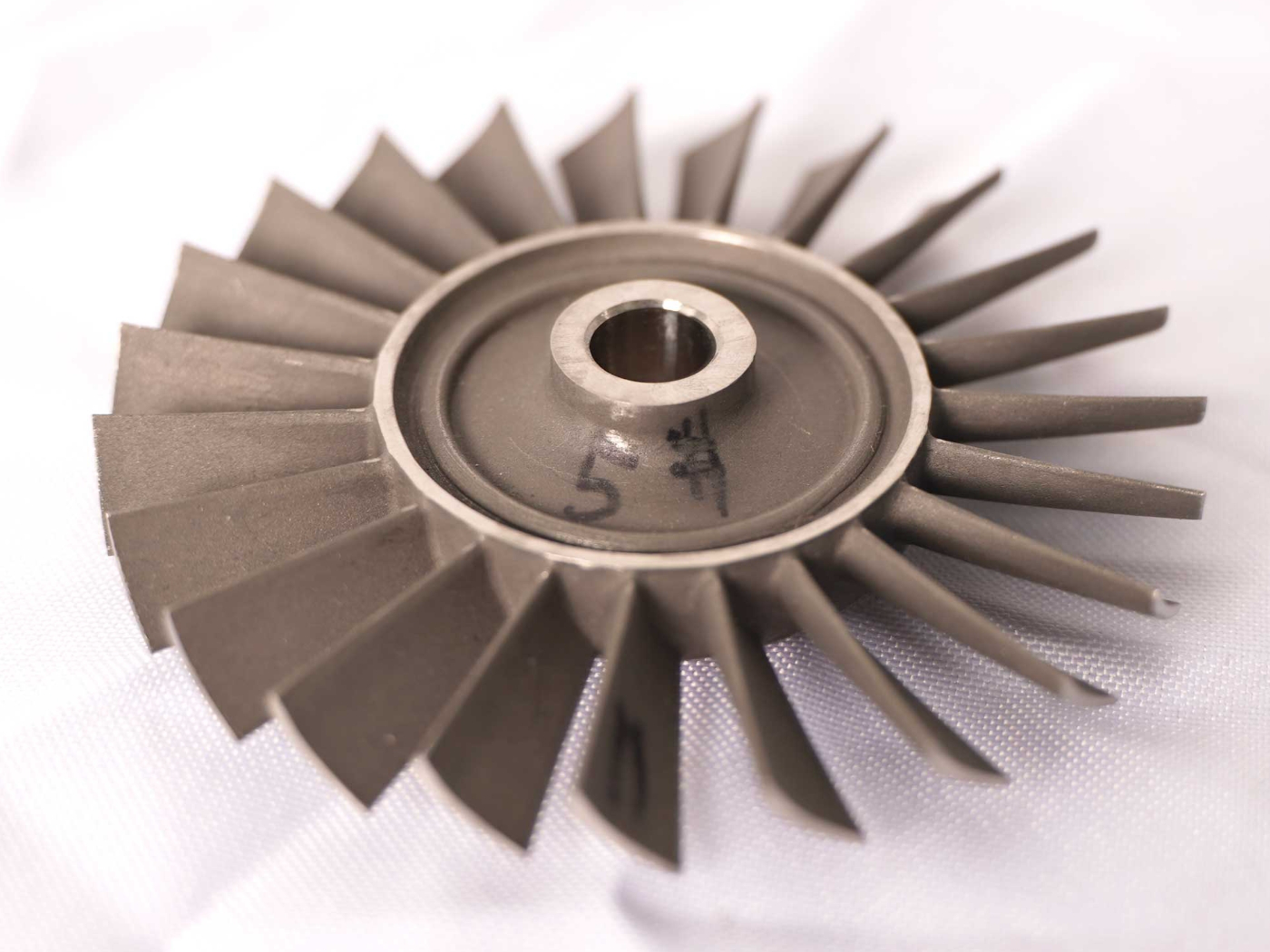What Are The 3D Printing Technologies Used for Plastic Parts Additive Manufacturing?
 Plastic parts are integral to numerous industries, including automotive, consumer electronics, medical, and manufacturing. Additive manufacturing (AM) technologies for plastics enable the production of highly complex geometries, rapid prototyping, and low-volume production with minimal material waste. This blog explores the key 3D printing technologies used for plastic parts, focusing on materials, applications, and the specific benefits each technology provides.
Plastic parts are integral to numerous industries, including automotive, consumer electronics, medical, and manufacturing. Additive manufacturing (AM) technologies for plastics enable the production of highly complex geometries, rapid prototyping, and low-volume production with minimal material waste. This blog explores the key 3D printing technologies used for plastic parts, focusing on materials, applications, and the specific benefits each technology provides.
Fused Deposition Modeling (FDM)
Fused Deposition Modeling (FDM) is one of the most common 3D printing technologies used for plastic parts. It works by extruding a heated thermoplastic filament through a nozzle, which is deposited layer by layer to build the part.
Materials:
Polylactic Acid (PLA): A biodegradable thermoplastic that is easy to print with, offering good strength and stiffness for various applications.
Acrylonitrile Butadiene Styrene (ABS): Known for its impact resistance and toughness, ABS is widely used in automotive and consumer electronics.
Polycarbonate (PC): Offers high impact and heat resistance (up to 150°C), making it ideal for mechanical parts and functional prototypes.
Applications:
Automotive: Producing parts such as dashboards, brackets, and prototypes.
Consumer Electronics: Ideal for housing and enclosures for smartphones, tablets, and home appliances.
Medical: Prototypes for medical devices and tools, and custom parts for patient-specific applications.
Benefits:
Cost-Effective: FDM is one of the most affordable 3D printing technologies, especially for producing plastic prototypes.
Ease of Use: FDM is widely accessible and relatively easy to operate, making it popular for prototyping and small production runs.
Material Variety: FDM is compatible with many plastic filaments, including PLA, ABS, and more advanced materials like PEEK and nylon.
Stereolithography (SLA)
Stereolithography (SLA) uses a laser to cure liquid resin in a vat, layer by layer, to create solid plastic parts. SLA is known for producing parts with high accuracy and smooth surface finishes.
Materials:
Standard Resins: Commonly used for high-detail parts and prototypes where surface finish and precision are essential.
Tough Resins: Used for parts requiring high impact resistance and durability.
Flexible Resins: Ideal for applications requiring elasticity, such as seals and gaskets.
Applications:
Prototyping: SLA is often used to produce high-precision prototypes with fine details.
Medical: Custom dental models, surgical guides, and medical device components.
Consumer Products: Prototypes and parts requiring high-detail, smooth finishes, such as jewelry, eyewear, and models.
Benefits:
High Precision: SLA can achieve resolutions as fine as 25 microns, making it ideal for intricate and highly detailed parts.
Smooth Surface Finish: SLA parts typically require minimal post-processing due to their excellent surface quality.
Customization: SLA allows for rapid prototyping of custom-designed parts for various industries.
Selective Laser Sintering (SLS)
Selective Laser Sintering (SLS) uses a laser to sinter powdered plastic material, bonding it together layer by layer. SLS is ideal for producing durable, functional parts, and is one of the few technologies that use thermoplastics such as nylon.
Materials:
Nylon (PA): Offers good strength, durability, and flexibility, and is used in automotive and industrial applications.
Polymethyl Methacrylate (PMMA): Known for its transparency and weather resistance, it is used in applications like display models and automotive lenses.
Polyetherimide (ULTEM) PEI: High-strength material with excellent chemical resistance, often used in aerospace and automotive parts.
Applications:
Automotive: Production of functional parts like brackets, clips, and housings that require high durability.
Medical: Prosthetics, surgical instruments, and custom implants made from strong, biocompatible materials like nylon.
Industrial: Manufacturing of tooling, jigs, and functional prototypes for testing.
Benefits:
Durability: SLS produces parts with high strength and durability, making them suitable for functional applications.
Complex Geometries: SLS can print intricate, hollow, and interlocking designs, which are difficult to achieve with traditional methods.
No Support Structures: Unlike FDM and SLA, SLS prints parts without needing support structures, as the surrounding powder provides support during printing.
Multi Jet Fusion (MJF)
Multi Jet Fusion (MJF) is an advanced powder-bed technology that uses inkjet arrays to apply a binding agent to plastic powder, which is then fused with heat. MJF is known for its ability to produce high-quality, durable parts with exceptional speed.
Materials:
Nylon (PA): Strong, durable, and flexible, making it suitable for various applications in automotive, aerospace, and consumer goods.
Polyamide 12 (PA12): Known for its high strength, low moisture absorption, and chemical resistance, often used for engineering applications.
Applications:
Automotive: Functional prototypes, end-use parts, and tooling for the automotive industry.
Consumer Goods: Custom, high-performance parts for consumer electronics and wearables.
Medical: Manufacturing of medical device parts, dental models, and orthotic insoles.
Benefits:
Speed: MJF is one of the fastest 3D printing technologies, capable of producing parts much quicker than traditional methods.
High Strength and Quality: MJF parts exhibit high mechanical properties, comparable to injection-molded parts, with excellent durability and flexibility.
Precision: Achieves fine details and high-quality surface finishes with excellent resolution.
Conclusion
Plastic 3D printing technologies, including FDM, SLA, SLS, and MJF, offer significant benefits for various industries, from automotive to medical to consumer products. Whether you need functional prototypes made from Nylon (PA), intricate details with Polylactic Acid (PLA), or strong, durable parts using Polyetherimide (ULTEM), these technologies provide flexibility, speed, and precision in manufacturing plastic parts.
FAQs
Which 3D printing technology is best for producing durable plastic parts in automotive applications?
What plastic materials are commonly used in Selective Laser Sintering (SLS)?
How does Multi Jet Fusion (MJF) benefit the production of plastic parts for consumer electronics?
Can SLA be used for producing high-strength plastic parts, and what are its advantages?
What is the role of Nylon in additive manufacturing for medical applications?


